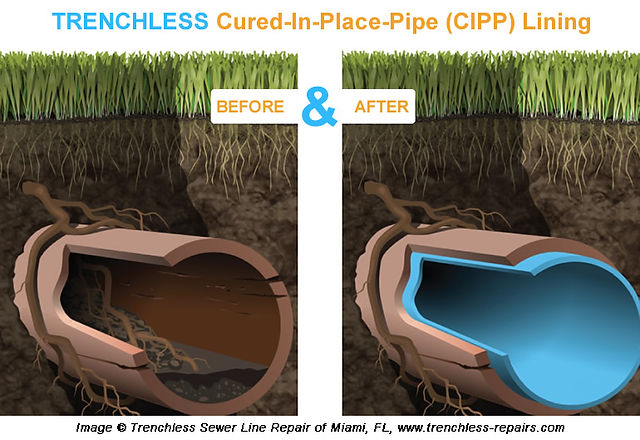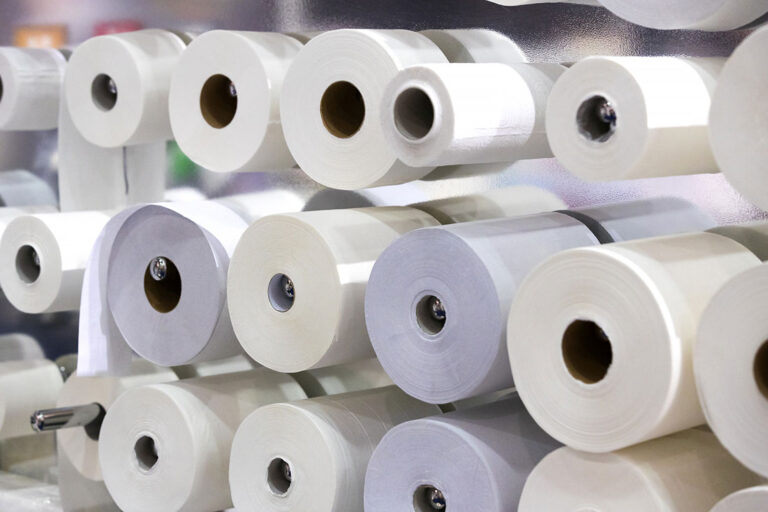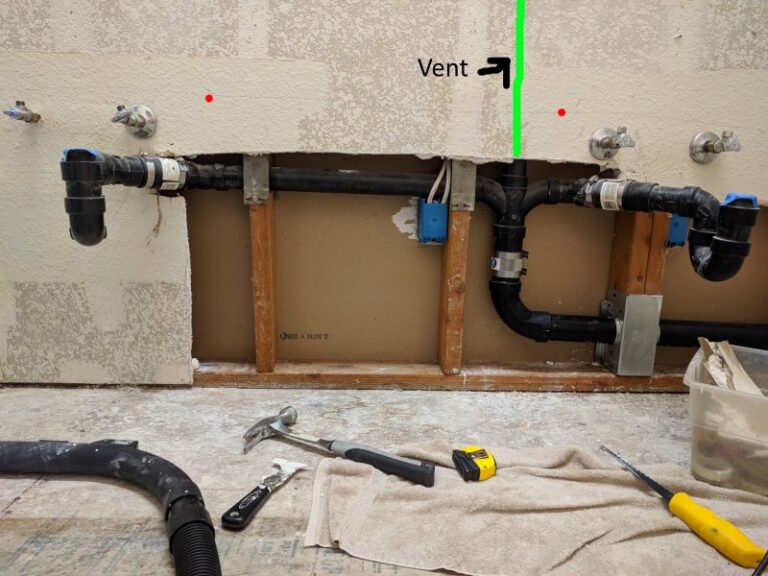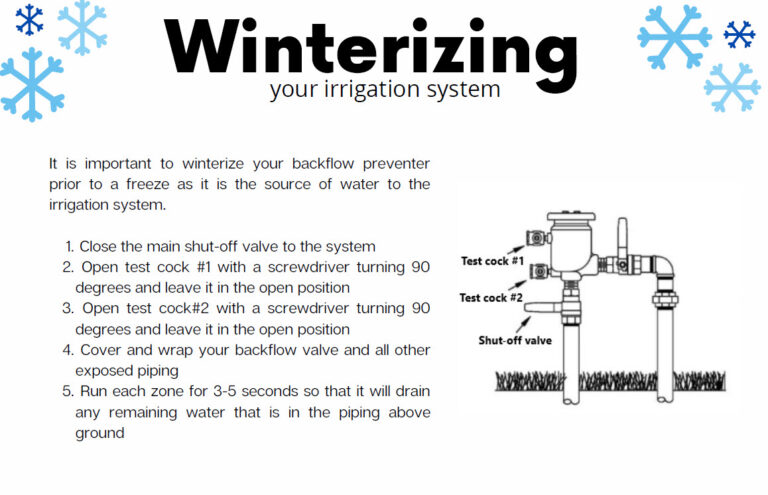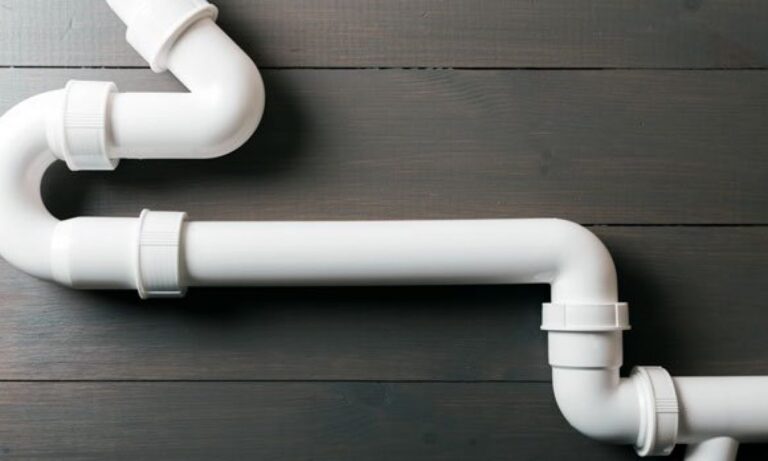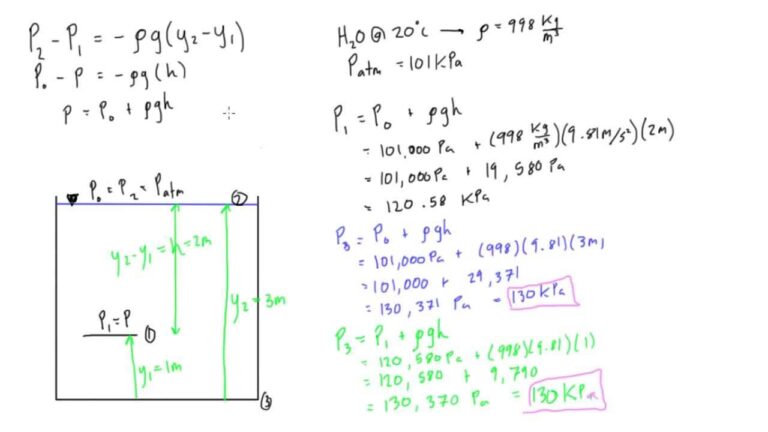What Is Trenchless Plumbing?
Trenchless plumbing is a modern plumbing solution that involves less digging and fewer disruptions than traditional plumbing methods. It usually involves the installation of flexible pipes through an existing pipe and is a much faster and easier way to repair plumbing problems. Trenchless plumbing is used for various plumbing services, such as sewer line repair, water line repair, and pipe relining. It is also more cost-effective than traditional methods and is a great option for those who need plumbing work done quickly and with minimal disruption to their homes.
Overview of Trenchless Plumbing
Trenchless plumbing, also known as no-dig or non-invasive plumbing, is a modern method of plumbing that is gaining popularity due to its many advantages. Unlike traditional plumbing systems that require extensive excavation of the ground, trenchless plumbing involves a minimum of digging, thereby reducing labor costs and disruption of the surroundings. This type of plumbing uses high-pressure water jets to break through the ground and create a new pathway for the pipes. The new pipe is then inserted and connected to the existing plumbing system.
Trenchless plumbing is a cost-effective, eco-friendly, and time-saving solution to plumbing problems. It is a great choice for replacing old, outdated pipes without having to tear up the entire landscape. It can also be used to repair existing plumbing, allowing for quick and efficient repairs without having to dig up the ground. Furthermore, trenchless plumbing offers greater flexibility in terms of the size and type of pipe used, so you can customize your system according to your needs.
Overall, trenchless plumbing is a modern, efficient, and affordable way to replace or repair your plumbing without having to undertake extensive digging and disruption. By using this method, you can save time and money, while also maintaining the integrity of your landscape.
Advantages of Trenchless Plumbing
Trenchless plumbing is a revolutionary plumbing technique that is gaining traction among homeowners and business owners due to its many advantages. This method of plumbing eliminates the need for traditional methods of digging trenches in order to access pipes and can save time, money, and labor. Trenchless plumbing utilizes modern technology to repair underground pipes without having to dig up large areas of land. The advantages of using trenchless plumbing are numerous.
First, trenchless plumbing reduces the amount of time it takes to repair or replace pipes. By eliminating the need for large trenches, the job can be completed in a fraction of the time when compared to traditional methods. This means that the disruption to your home or business is minimal, allowing you to get back to your daily activities in no time.
Second, trenchless plumbing can save you a lot of money. Since there is no need to excavate, the cost of labor and materials is greatly reduced compared to traditional methods. Additionally, the cost of restoring the land after a trenchless plumbing job is much lower than if it had been excavated.
Lastly, trenchless plumbing is much more environmentally friendly than traditional methods. Since there is no need to disturb the land, there is no disruption to the environment. Furthermore, the use of modern technology allows for a more efficient use of resources, resulting in less waste.
Trenchless plumbing is an innovative and cost-effective plumbing solution that has numerous advantages. By reducing the amount of time and money required to repair or replace pipes, trenchless plumbing is becoming an increasingly popular option for homeowners and business owners alike.
Disadvantages of Trenchless Plumbing
Trenchless plumbing is an efficient way to replace or repair existing water or sewer lines without having to dig trenches. While this plumbing method has some advantages, it also has its drawbacks. One of the main disadvantages of trenchless plumbing is its cost. This type of plumbing requires specialized equipment and techniques, and the costs associated with hiring a professional can be quite expensive. Additionally, if the job is not done correctly, it can cause additional damage and cost more money in the long run. Another disadvantage is that not all plumbing issues can be fixed with trenchless plumbing. Some plumbing problems may require digging trenches in order to access the pipe or fix the issue. Lastly, trenchless plumbing can be more time consuming than traditional methods, as the procedure requires specialized tools and techniques to ensure a successful installation. In conclusion, trenchless plumbing is a viable option for many plumbing needs, but it is still important to consider the potential disadvantages before making a decision.
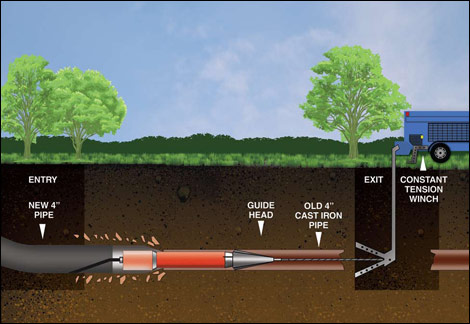
Common Types of Trenchless Plumbing
Trenchless plumbing is a type of plumbing that eliminates the need to dig trenches, helping to minimize disruption to the environment and save time and money. Trenchless plumbing is a popular option for homeowners and businesses alike due to its cost-effectiveness and convenience. But what types of trenchless plumbing are available? This article will explore the various types of trenchless plumbing and the advantages they offer.
The most common type of trenchless plumbing is pipe relining, which involves the insertion of a new pipe within an existing pipe. This is done by applying a resin coating to the existing pipe, which helps to reinforce it and prevent future leakage. Another type of trenchless plumbing is pipe bursting, which involves breaking up the existing pipe and replacing it with a new one. Pipe bursting is more cost-effective than relining, as it requires less labor and materials.
Another type of trenchless plumbing is horizontal directional drilling (HDD). This method is used for larger pipes and involves drilling a small hole into the ground and using a special machine to pull the pipe through the hole. HDD is a more precise method, as it can be used to place the pipe at a specific depth and location.
Finally, there is auger boring, which is used to create a new pipe or enlarge an existing pipe. This method is commonly used for sewer lines and involves digging a small hole in the ground and using a special auger to bore a hole in the pipe. Auger boring can be used to create a new pipe or to replace an existing pipe.
Trenchless plumbing offers a variety of benefits, including cost savings, minimal disruption of the environment, and convenience. By understanding the various types of trenchless plumbing, homeowners and businesses can make an informed decision about which option is best for their particular project.
Benefits of Professional Trenchless Plumbing Services
Trenchless plumbing has revolutionized the plumbing industry. This method of plumbing repairs and installations eliminates the need to dig long, costly trenches. Instead, these services are completed quickly and efficiently using modern technology. Professional trenchless plumbing services offer a range of benefits to homeowners, businesses, and municipalities.
One of the main benefits of professional trenchless plumbing services is cost savings. Trenchless plumbing requires fewer resources than traditional plumbing, so it often costs much less. This is especially beneficial for large-scale projects, where costs can quickly accumulate. Furthermore, trenchless plumbing can often be completed in a fraction of the time of traditional plumbing, allowing for quick, seamless repairs and installations.
Another benefit of professional trenchless plumbing services is the minimal disruption to the surrounding area. Because trenches are not required, the surrounding landscape remains untouched, allowing for virtually no disruption. This can be especially beneficial for business owners and municipalities, as they won’t have to worry about the impact on their landscaping or disruption of business operations.
Finally, professional trenchless plumbing services offer long-term reliability. When installed correctly, trenchless plumbing systems are highly reliable and can last for many years without requiring repairs or maintenance. This can save businesses and municipalities a lot of money in the long-term, as they won’t have to worry about costly repairs or replacements.
In conclusion, professional trenchless plumbing services offer a range of benefits to homeowners, businesses, and municipalities. These services are cost-effective, cause little disruption to the surrounding area, and offer long-term reliability. For these reasons, trenchless plumbing is becoming increasingly popular in the plumbing industry.
FAQs About the What Is Trenchless Plumbing?
1. What advantages does trenchless plumbing offer over traditional plumbing methods?
Trenchless plumbing offers many advantages over traditional plumbing methods, including less disruption to landscaping, less time spent on repairs, and lower costs.
2. What types of jobs can trenchless plumbing be used for?
Trenchless plumbing can be used for many types of plumbing jobs, including sewer line replacements, water line repairs or replacements, and pipe relining.
3. Is trenchless plumbing more expensive than traditional plumbing methods?
No, trenchless plumbing is typically less expensive than traditional plumbing methods due to the reduced labor and materials costs associated with the process.
Conclusion
Trenchless plumbing is a great way to save money, time, and disruption to your landscaping. It is a modern plumbing solution that is growing in popularity due to its ability to replace old pipes without digging up your yard. It is also a great solution for those living in urban areas where digging up the streets is not possible. It is also an environmentally friendly solution as it reduces the amount of waste created in traditional plumbing methods. With trenchless plumbing, you can also be sure that your plumbing system is safe, reliable, and efficient.

